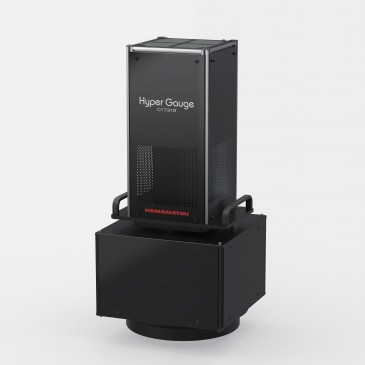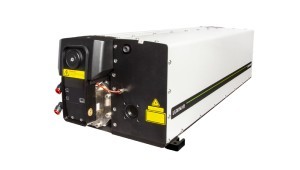
"3D Time-of-Flight Sensor Market 2020" report share informative data figures as well as important insights regarding some of the market component which is considered to be future course architects for the market. This includes factors such as market size, market share, market segmentation, significant growth drivers, market competition, different aspects impacting economic cycles in the market, demand, expected business up-downs, changing customer sentiments, key companies operating in the 3D Time-of-Flight Sensor Market, etc. In order to deliver a complete understanding of the global market, the report also shares some of the useful details regarding regional as well as significant domestic markets. The report presents a 360-degree overview and SWOT analysis of the competitive landscape of the industries.
With an increasing number of industrial verticals embracing production automation, the demand for machine vision technology is likely to be on the rise. In order to achieve high precision advanced technology, such as machine vision is adopted by the Industrial companies. The machine vision system helps in the detection of defects which are difficult to visualize and inspect by human eyes. The inspection of machine vision includes surface defects, assembly errors, missing features, and damaged parts. It also aligns the parts for highly accurate assembly operations and all the other manufacturing process.
Time-of-Flight (ToF) techniques have been employed for more than a decade for ranging purposes. SONAR and RADAR are two techniques that exploit the sound and radio signals ToF principles, particularly in aerospace and aeronautic applications. More recently, with the improvement and the maturity of electronic devices, it has been possible to employ light signals for ToF systems. Applications using such a system are numerous, especially in industrial and consumer fields. There are generally two techniques of measuring distance with modern ToF sensors, exploiting the ToF principle using either pulsed-modulation or Continuous-Wave (CW) modulation. Advanced ToF systems deploy multi-frequency technologies, combining more modulation frequencies. The combination of multiple frequencies in the signal increases its period, being the least common multiple of the two component periods.
The report segments the global 3D time-of-flight sensor market as follows:
Global 3D Time-of-Flight Sensor Market – By Type
• Half QQVGA
• QVGA
• VGA
• 1 MP
Global 3D Time-of-Flight Sensor Market – By Application
• Consumer Electronics
• Automotive
• Machine Vision and Industrial Automation
• Robotics and Drone
• Others
The main objectives of the research report elaborate the overall market overview on 3D Time-of-Flight Sensor market dynamics, historic volume and value, robust market methodology, current and future trends, Porter's Five Forces Analysis, upstream and downstream industry chain, new technological development, cost structure, government policies and regulations, etc. Major companies, company overview, financial data, products and services, strategy analysis, key developments market competition, industry competition structure analysis, SWOT Analysis, etc.




































 Back to News
Back to News

























